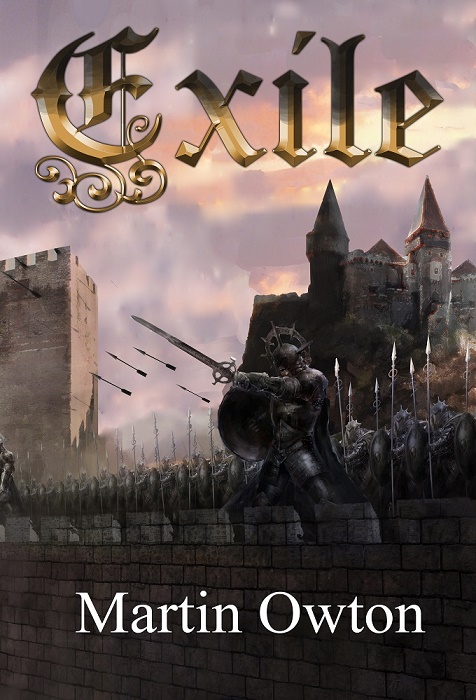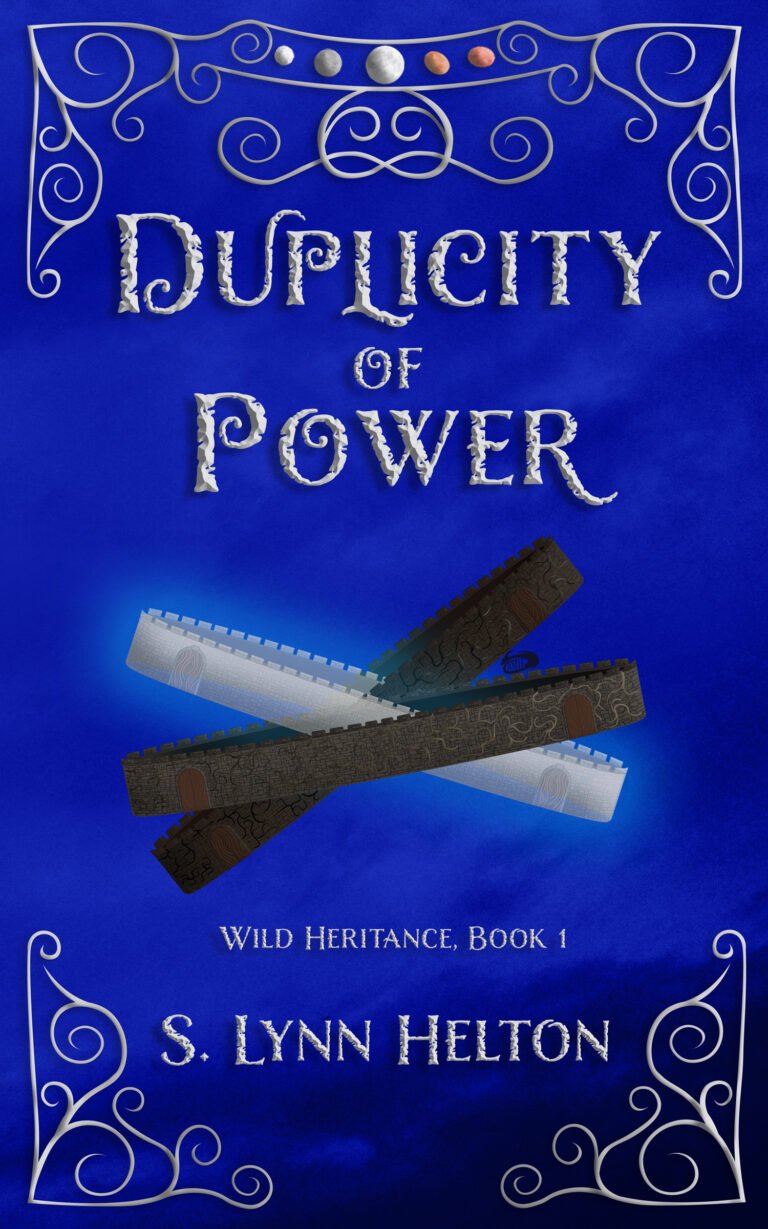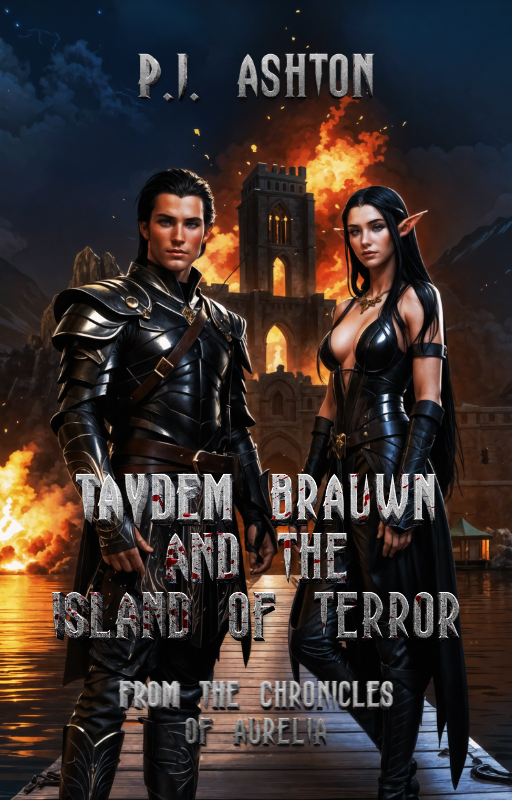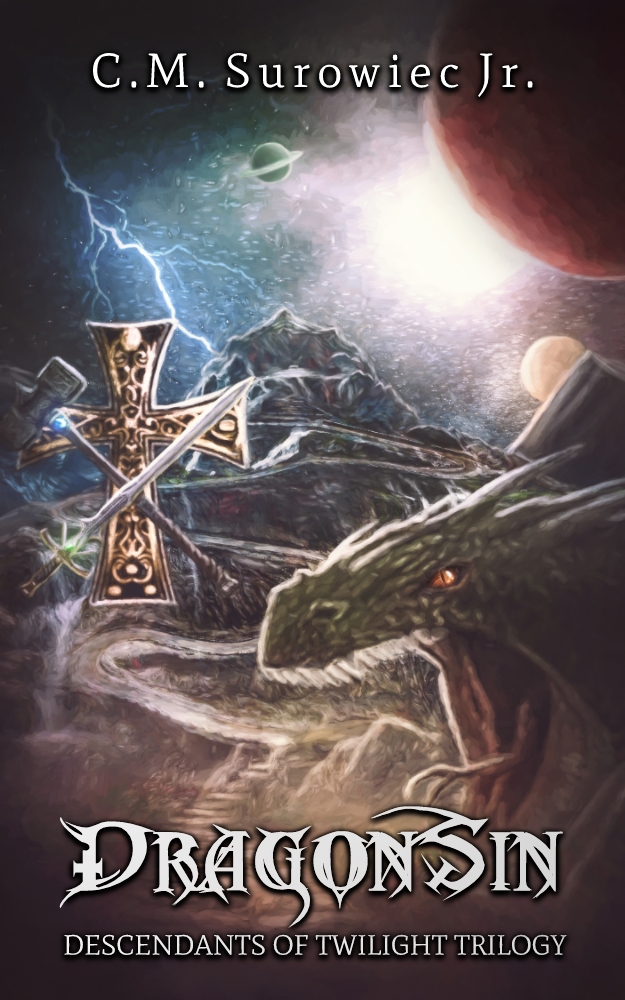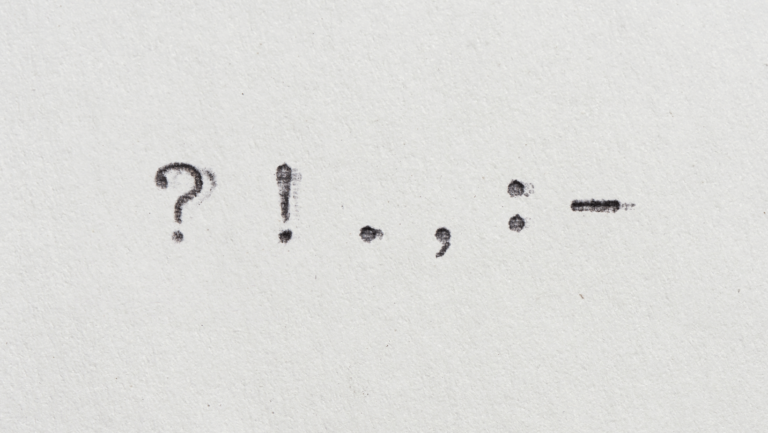Historical Background
The concept of a thesaurus dates back to ancient times, with early examples found in the works of Greek and Roman scholars. However, the modern thesaurus as we know it has a more specific origin tied to the 19th century:
1. Peter Mark Roget and His Thesaurus:
– Peter Mark Roget, an English physician, natural theologian, and lexicographer, is credited with creating the first modern thesaurus.
– In 1852, Roget published “Roget’s Thesaurus of English Words and Phrases,” a comprehensive listing of synonyms and related concepts.
– Roget’s aim was to provide writers and speakers with a tool to find the right word for any given context, aiding in the expression of ideas with precision and variety.
2. Development Over Time:
– Following Roget’s work, thesauri became popular tools for writers, scholars, and students.
– Over the years, numerous editions and versions have been published, expanding on Roget’s original work and adapting to the evolving English language.
– The advent of digital technology further transformed thesauri, making them more accessible and integrated into word processing software.
Purpose of a Thesaurus
1. Synonym and Antonym Finder:
– The primary purpose of a thesaurus is to provide synonyms (words with similar meanings) and antonyms (words with opposite meanings) for any given word. This helps users avoid repetition and enhance their vocabulary.
2. Aid in Writing and Communication:
– Writers use thesauri to find the most precise word to convey their ideas, improving clarity and effectiveness in communication.
– By offering a range of words, thesauri enable writers to vary their language, making their writing more engaging and nuanced.
3. Educational Tool:
– Thesauri serve as valuable resources for students and educators, aiding in the learning and teaching of language.
– They help learners expand their vocabulary and understand the subtle differences between similar words.
4. Creativity and Inspiration:
– For poets, authors, and creative writers, a thesaurus can spark inspiration by presenting alternative words and phrases that might not immediately come to mind.
– It can help in finding the right word to fit a particular rhythm or mood in creative writing.
Modern Usage
1. Digital Integration:
– Modern thesauri are often built into word processing programs and online platforms, allowing for quick and easy access to synonyms and antonyms.
– Online thesauri, like Thesaurus.com and Merriam-Webster’s Thesaurus, provide users with extensive and searchable databases.
2. Contextual Understanding:
– Advanced thesauri now offer contextual examples and usage notes, helping users choose the most appropriate word for a specific context.
– They also often include related concepts and phrases, expanding the scope of word choice beyond simple synonyms and antonyms.
In summary, the thesaurus has a rich history rooted in the 19th century, primarily through the efforts of Peter Mark Roget. Its purpose has always been to enhance language use, providing synonyms and antonyms to aid in clearer, more varied, and more precise communication. Modern advancements have made thesauri more accessible and user-friendly, continuing to support writers, students, and professionals in their linguistic endeavors.


